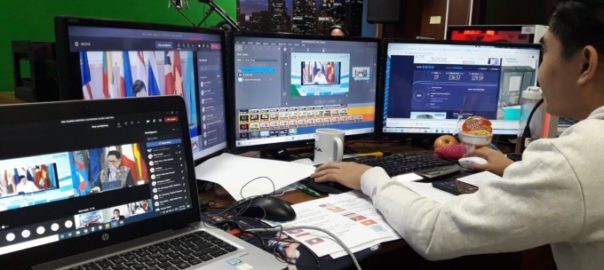The information security industry is on high alert due to a multitude of new and growing cybersecurity threats. Company, government, and corporate data and assets are continually under threat from increasingly sophisticated cyber attacks using malware, phishing, machine learning and artificial intelligence, cryptocurrency, etc.
The Main of Them Threats
Disruptions – An excessive reliance on connectivity raises the possibility of deliberate Internet disruptions, which might cripple business and raise the danger that ransomware will be used to compromise the IoT.
Bias – The deliberate spread of erroneous information, even through automated sources and robots, erodes confidence in the veracity of information.
Deterioration – The ability of companies to govern their own information is being eroded by the quick development of intelligent technology as well as contradictory obligations brought on by shifting national security and privacy rules.
Participants in conferences and forums noted a number of themes that would impact cybersecurity in 2022. We specifically discuss outsourcing of IT and information security as well as cloud computing models. Companies are now compelled to employ cloud computing and outsourcing because of the pandemic crisis.
New Threats of 2022
Phishing is becoming more and more sophisticated. Phishing attacks, which use targeted digital messages to trick people into clicking a link that may then install malware or reveal sensitive information, are becoming more common.
Now that employees at most companies are more aware of the dangers of email phishing or clicking on suspicious links, hackers are taking it one step further, using things like machine learning to create and distribute fake persuasive messages much more quickly , in the hope that the recipients will do so unknowingly. jeopardize their organization’s networks and systems. Through such assaults, hackers can access private databases and steal user IDs, credit card numbers, and other sorts of sensitive financial information.
Strategies for ransomware are changing. Ransomware attacks are believed to cost victims billions of dollars annually as hackers use technology that allows them to literally steal databases of individuals or organizations and store all information for ransom. By enabling ransom payments to be made anonymously, cryptocurrencies like Bitcoin are blamed for encouraging ransomware assaults.
Some experts predict that hackers will target wealthy people more frequently as corporations continue to concentrate on fortifying their defenses against ransomware attacks.
The practice of “mining” cryptocurrencies on other people’s personal or commercial computers is known as “cryptojacking.” Hackers can earn money by covertly copying other people’s computers since mining cryptocurrencies (like bitcoins) demands a lot of computational power. Businesses may experience severe performance issues and expensive downtime as IT specialists work to identify and resolve the issue.
Cyberphysical Attacks. Critical infrastructure has been updated and digitized using the same technology, but there are concerns as well. Future infrastructure is seriously vulnerable because to the ongoing threat of hacking into water treatment facilities, transportation networks, and power grids, among other targets. Attacks Supported by the State Whole states are now utilizing their cyber skills to penetrate other governments and launch attacks on crucial infrastructure, in addition to hackers wanting to profit from the theft of personal and corporate data. Today, cybercrime poses a severe threat to not only the corporate sector, but also to individuals, the government, and the nation at large. Attacks on crucial infrastructure are of particular concern as state-sponsored attacks are anticipated to rise.
Although the infrastructure and systems of the government are frequently targeted in cyber attacks, businesses in the private sector are also at risk. Government-sponsored hacks “represent a new and serious risk to private enterprises and increasingly pose challenges to segments of the corporate world that provide acceptable targets to solve geopolitical problems,” according to a report by Thomson Reuters Labs.
IoT Attacks – The Internet of Things is spreading like wildfire. Of course, there are laptops and tablets in this category, but there are also routers, webcams, home appliances, smart watches, medical equipment, business equipment, automobiles, and even security systems.

